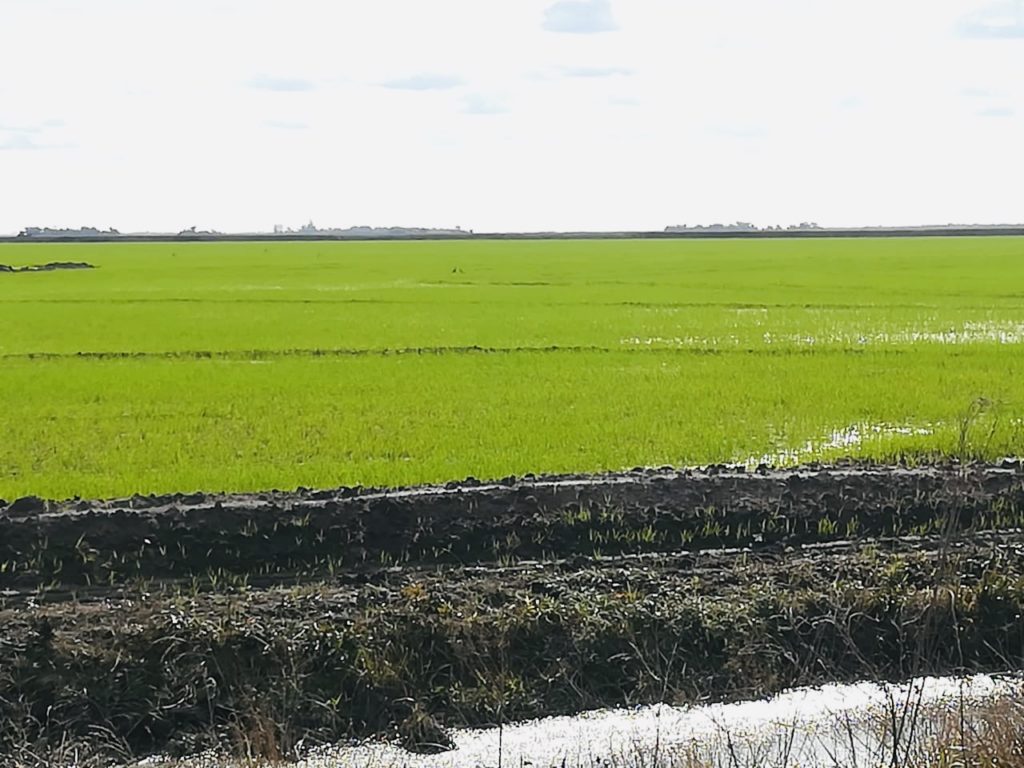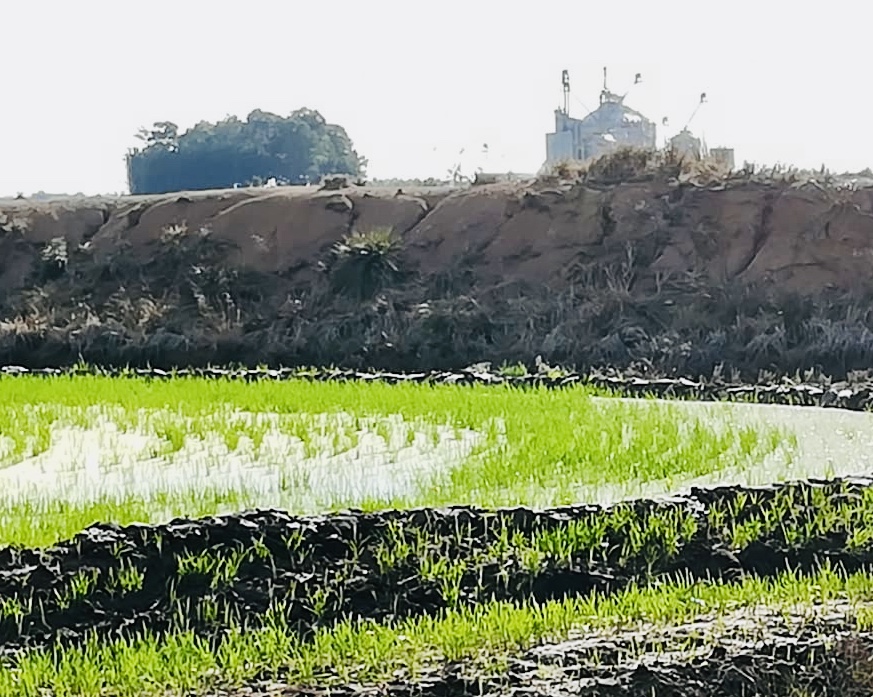While we are in the sowing peak, continuous rains keep slowing down rice planting progress. After having faced some water shortage (low river level due to lack of rainfall in southern Brazil) and dry soils from the summer period, all crop farmers have to deal with the opposite situation now. In September, we registered 185 mm of rain (+44% compared with the historical average of the month) and already 226 mm as of October 18.
For rice sowing, the problem is not so much the amount of rain but its frequency. In September, we had rain every 3 to 4 days and the trend is the same so far for October where heavy rains are providing in a short period of time (from 2 hours to 1 day) a very large amount of water (100 mm or more).
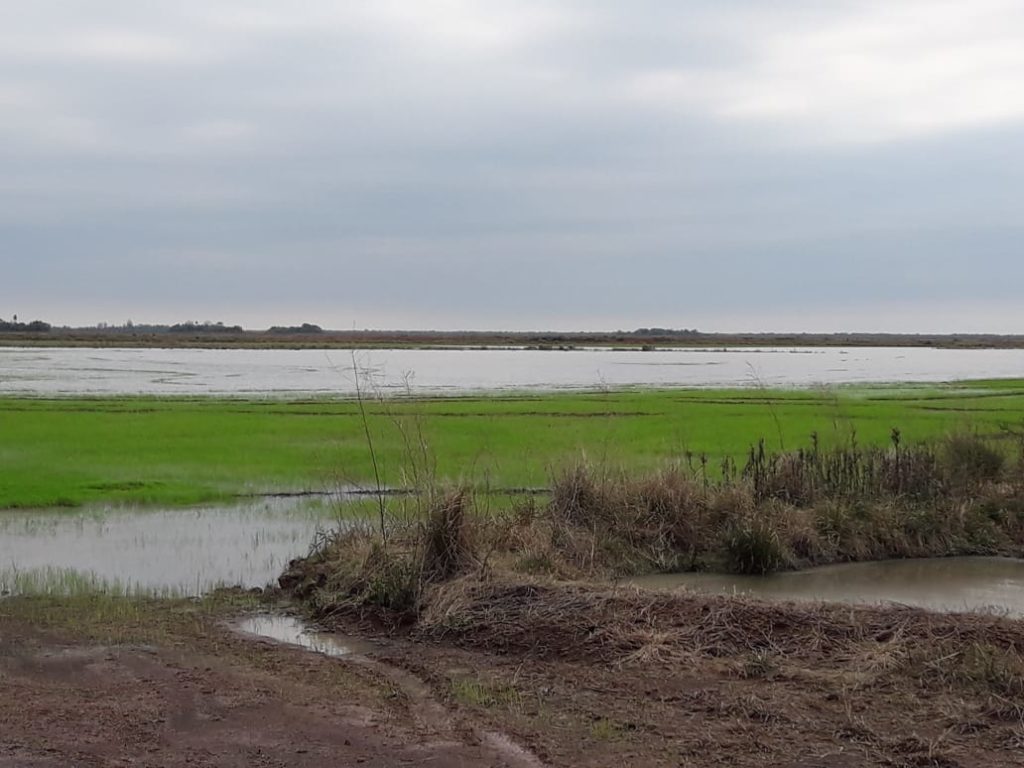
After heavy rainfalls, we need 48 hours to drain the plots
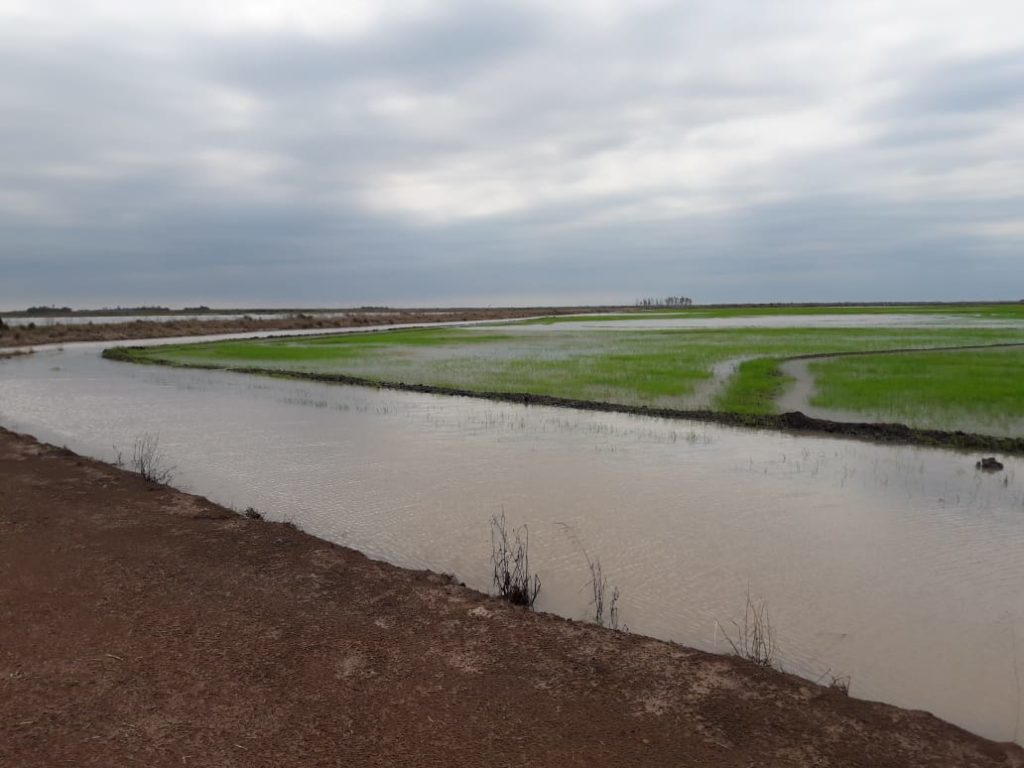
Rice sowing requires dry soils so after each rain, we have to wait until the land dried and allows sowing. This induced very slow advances in sowing. However, we are still in the optimal sowing period until end of November and knowing that in optimal conditions, we have a daily sowing capacity of 80 ha.
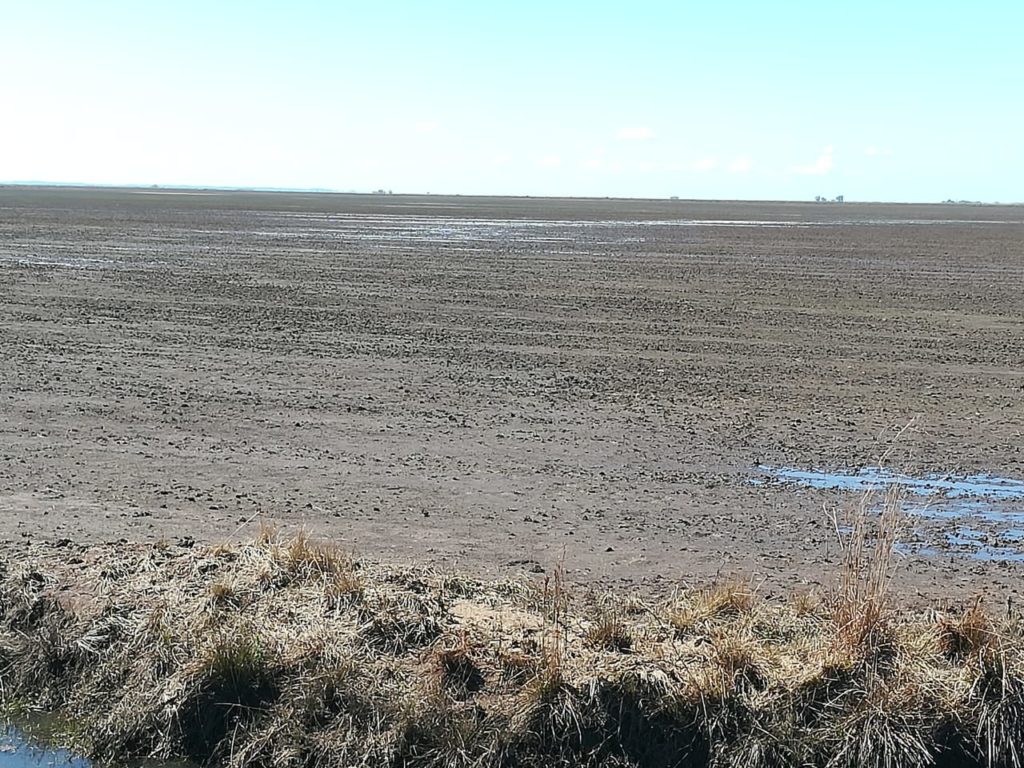
Our situation is not unique and according to preliminary estimates of the Paraguayan grains and oilseed traders association (Capeco), the heavy rainfalls registered should reduce at least by 25% wheat harvest and soybean seeding could not started yet given the high soil humidity.
For the 1st plots already sowed, herbicides and nitrogen were already applied (nitrogen is the most important nutrient for rice productivity as it encourages the vegetative growth of paddy). You can see emerging the seeds and taking benefit from the natural irrigation supplied by rainwater.
